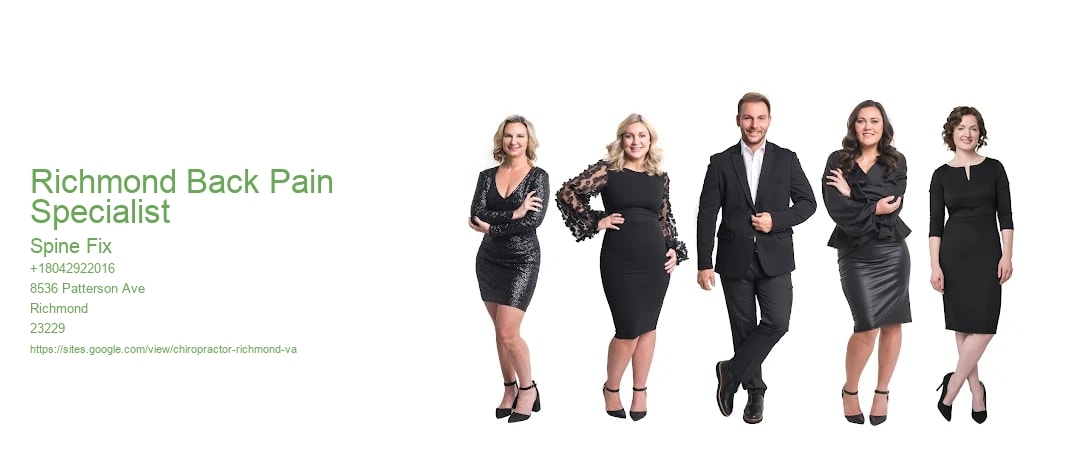Reduced back pain or lumbago is a common condition entailing the muscle mass, nerves, and bones of the back, in between the reduced side of the ribs and the reduced fold of the butts. Discomfort can vary from a dull continuous ache to a sudden sharp sensation. Reduced back pain might be classified by duration as acute (pain lasting less than 6 weeks), sub-chronic (6 to 12 weeks), or chronic (more than 12 weeks). The problem may be further identified by the underlying cause as either mechanical, non-mechanical, or referred pain. The signs and symptoms of reduced pain in the back generally enhance within a few weeks from the time they start, with 40–-- 90% of individuals recovered by 6 weeks. In the majority of episodes of low back pain a particular underlying cause is not identified and even sought, with the pain believed to be because of mechanical troubles such as muscle mass or joint pressure. If the discomfort does not go away with traditional therapy or if it is accompanied by "warnings" such as unusual weight management, high temperature, or substantial problems with sensation or movement, further screening may be needed to try to find a severe underlying trouble. For the most part, imaging tools such as X-ray computed tomography are not beneficial or recommended for reduced back pain that lasts less than 6 weeks (without red flags) and lug their own risks. In spite of this, making use of imaging in reduced neck and back pain has boosted. Some reduced pain in the back is brought on by damaged intervertebral discs, and the straight leg increase examination works to identify this reason. In those with persistent pain, the pain processing system might malfunction, causing large amounts of discomfort in response to non-serious events. Chronic non-specific reduced pain in the back (CNSLBP) is a highly prevalent musculoskeletal problem that not just influences the body, yet additionally a person's social and economic status. It would be greatly advantageous for individuals with CNSLBP to be evaluated for hereditary concerns, harmful way of livings and behaviors, and psychosocial factors in addition to musculoskeletal concerns. Chronic reduced pain in the back is defined as pain in the back that lasts more than three months. The signs of low neck and back pain normally improve within a couple of weeks from the moment they begin, with 40–-- 90% of individuals recovered by six weeks. Normal activity should be continued as much as the pain allows. First management with non-medication based therapies is advised. Non–-- medication based therapies include superficial warm, massage, acupuncture, or back control. If these are not adequately effective, NSAIDs are advised. A number of various other alternatives are readily available for those who do not enhance with typical treatment. Opioids may be useful if simple discomfort medications are insufficient, yet they are not generally advised as a result of side effects, consisting of high rates of addiction, accidental overdose and fatality. Surgical treatment may be useful for those with disc-related persistent discomfort and handicap or spinal constriction. No clear benefit of surgical treatment has been discovered for various other situations of non-specific low back pain. Low pain in the back usually impacts mood, which might be boosted by counseling or antidepressants. Additionally, there are lots of natural medicine therapies, however there is inadequate evidence to suggest them confidently. The proof for chiropractic treatment and spine manipulation is combined. Approximately 9–-- 12% of people (632 million) have low pain in the back at any type of offered point, and nearly 25% report having it eventually over any kind of one-month duration.About 40% of individuals have reduced back pain at some time in their lives, with price quotes as high as 80% among individuals in the developed globe. Reduced pain in the back is the best contributor to lost productivity, absenteeism, impairment and early retirement worldwide. Trouble with reduced pain in the back most often begins between 20 and 40 years old. Females and older individuals have greater estimated prices of lower pain in the back and likewise higher impairment quotes. Reduced neck and back pain is extra common amongst individuals aged between 40 and 80 years, with the overall number of individuals influenced anticipated to raise as the populace ages. According to the World Health And Wellness Organization in 2023, reduced neck and back pain is the top clinical condition globally from which the most number of people globally can benefit from boosted recovery.
.



